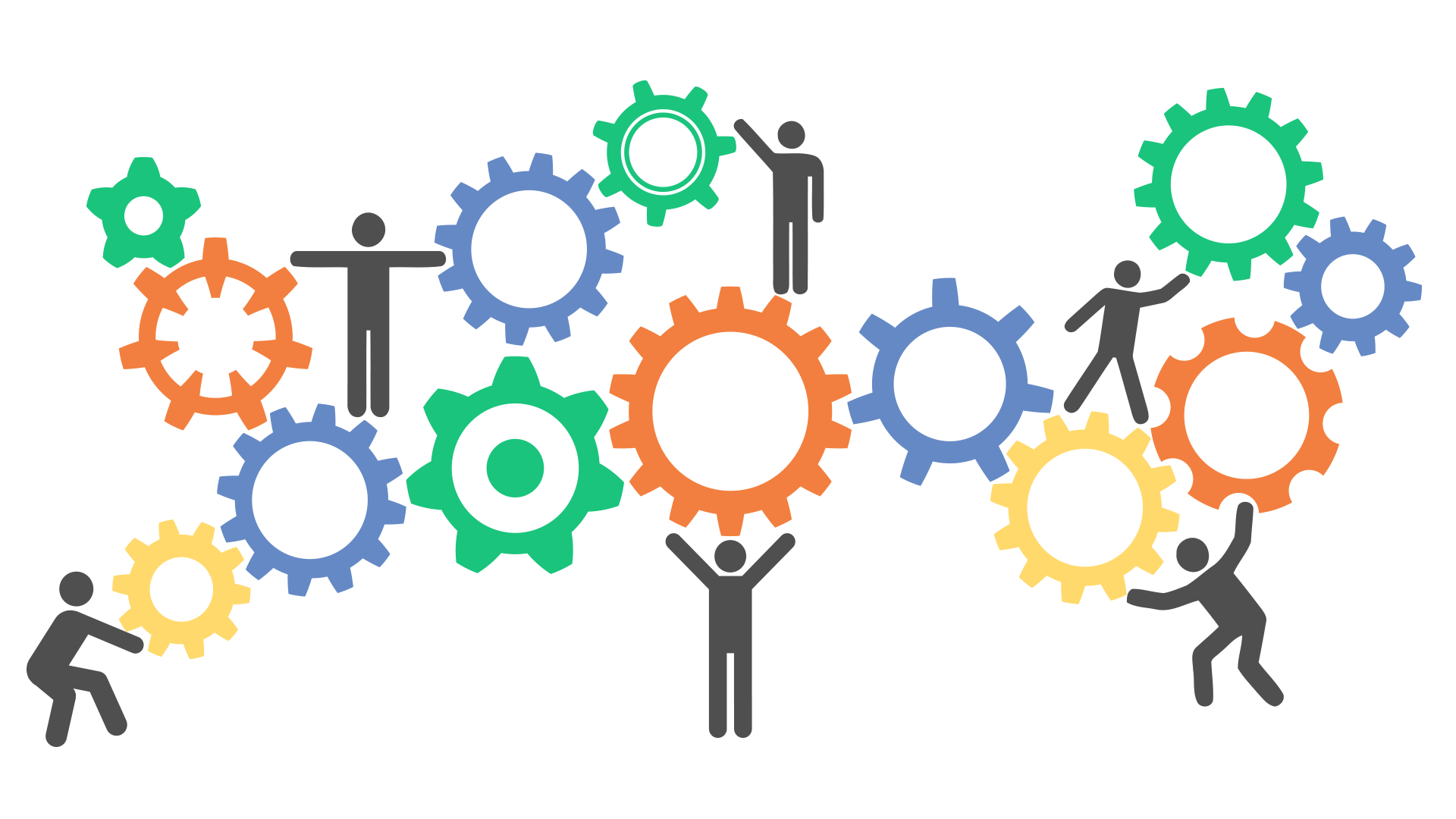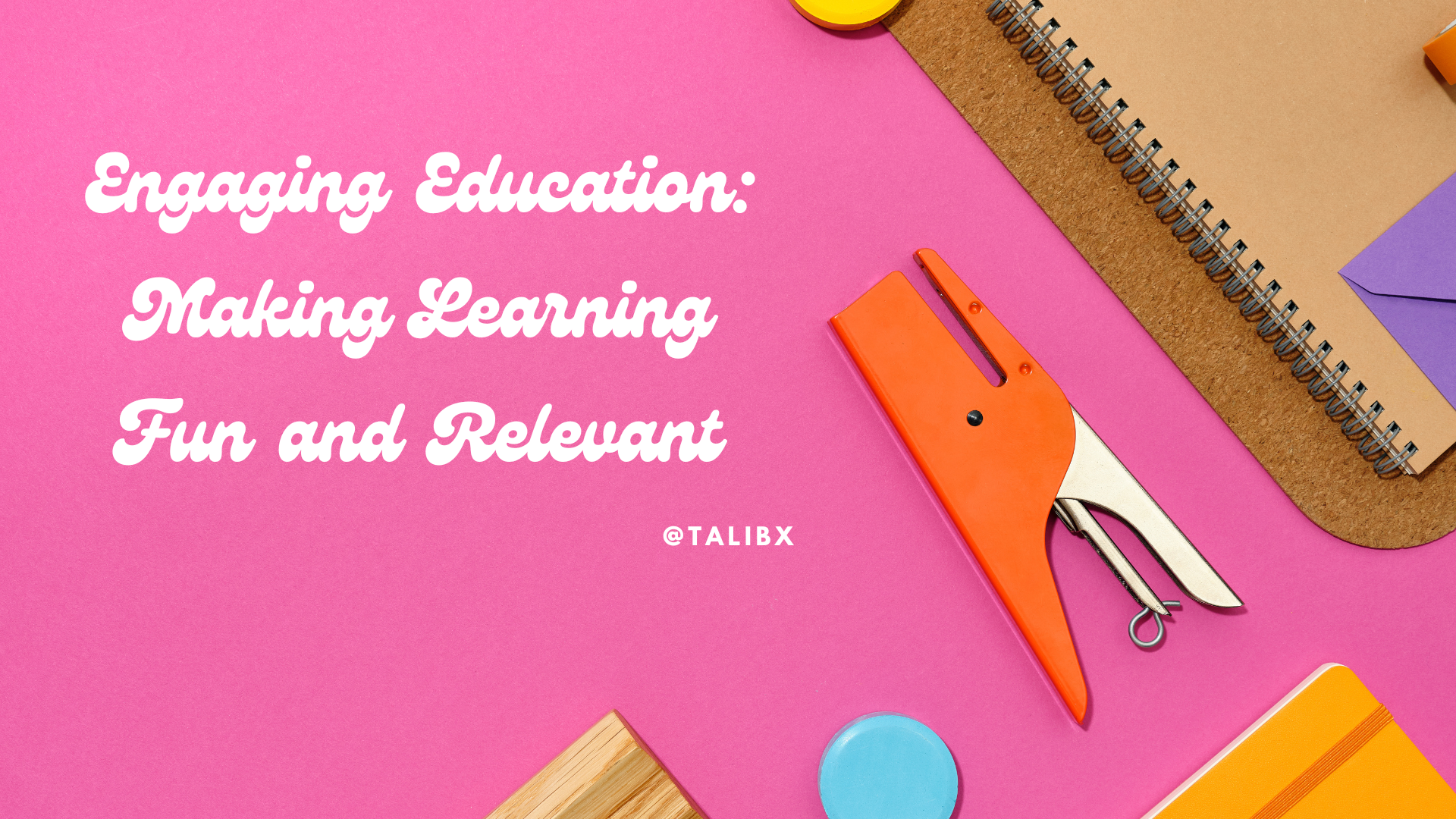Education has taken a dramatic leap from the days of chalkboards and teacher-centered lectures to a new era of interactive and student-driven learning. One of the most exciting developments in this educational evolution is the Flipped Classroom Model. In the UAE, where the education sector has undergone a remarkable transformation in recent years, this model holds the potential to significantly enhance student outcomes and align perfectly with the nation's vision for a thriving knowledge economy. Let's dive into how the Flipped Classroom Model can reshape education in the UAE, why it's a game-changer compared to traditional teaching methods, and how it prepares students for success in the modern workforce.
What is the Flipped Classroom Model? The Flipped Classroom Model flips the script on traditional teaching by reversing the roles of in-class and out-of-class activities. Instead of passively listening to lectures during class time, students engage with video lessons, readings, and digital resources at home. Classroom time is then dedicated to dynamic, hands-on activities like group projects, problem-solving exercises, and real-world applications of what they've learned. This shift transforms students from passive recipients of information into active participants in their own learning journey.
Why the Flipped Classroom Model Stands Out One of the standout benefits of the Flipped Classroom Model is its flexibility, allowing students to learn at their own pace. They can pause, rewind, and review lessons as needed, ensuring a deeper understanding of the material. This is particularly beneficial for students who may need extra time to grasp challenging concepts or who prefer to learn at their own speed.
Moreover, the Flipped Classroom frees up classroom time for teachers to provide personalized attention. With lectures handled outside of class, teachers can focus on working closely with individual students or small groups, offering targeted support and guidance. This approach not only boosts student comprehension but also fosters a more engaged and interactive learning environment.
The model also promotes collaboration and active participation. With classroom time dedicated to discussions, group work, and problem-solving, students are encouraged to engage with their peers, sharpening their critical thinking and communication skills—key competencies in today’s world.
The Flipped Classroom Model in the UAE In the UAE, where innovation and technology are at the forefront of educational strategies, the Flipped Classroom Model is a perfect fit. As the country continues to invest in digital resources and cutting-edge technology, this model leverages these advancements to create a more effective and inclusive learning experience.
For the UAE’s diverse student population, many of whom come from various cultural and educational backgrounds, the Flipped Classroom Model offers a tailored approach to learning. It provides students with the flexibility to learn at their own pace and the opportunity to access educational resources anytime, anywhere—bridging the gap for those who may need additional support outside the classroom.
Preparing UAE Students for the Future The demands of the modern workforce are rapidly evolving, with employers seeking candidates who excel in critical thinking, problem-solving, and communication. The Flipped Classroom Model is designed to cultivate these very skills by encouraging active, hands-on learning and real-world problem-solving within the classroom. By preparing students with these essential tools, the Flipped Classroom Model not only enhances academic success but also equips UAE students to thrive in a competitive global economy.
Conclusion: Embracing the Future of Education The Flipped Classroom Model is more than just a trend—it's a transformative approach to teaching that has the power to revolutionize education in the UAE. By putting students at the center of their learning experience, promoting collaboration and critical thinking, and aligning with the UAE’s commitment to a knowledge-based economy, this model is set to redefine how education is delivered in the region. As educators and policymakers continue to seek innovative ways to prepare students for the future, the Flipped Classroom Model stands out as a powerful and effective solution.




